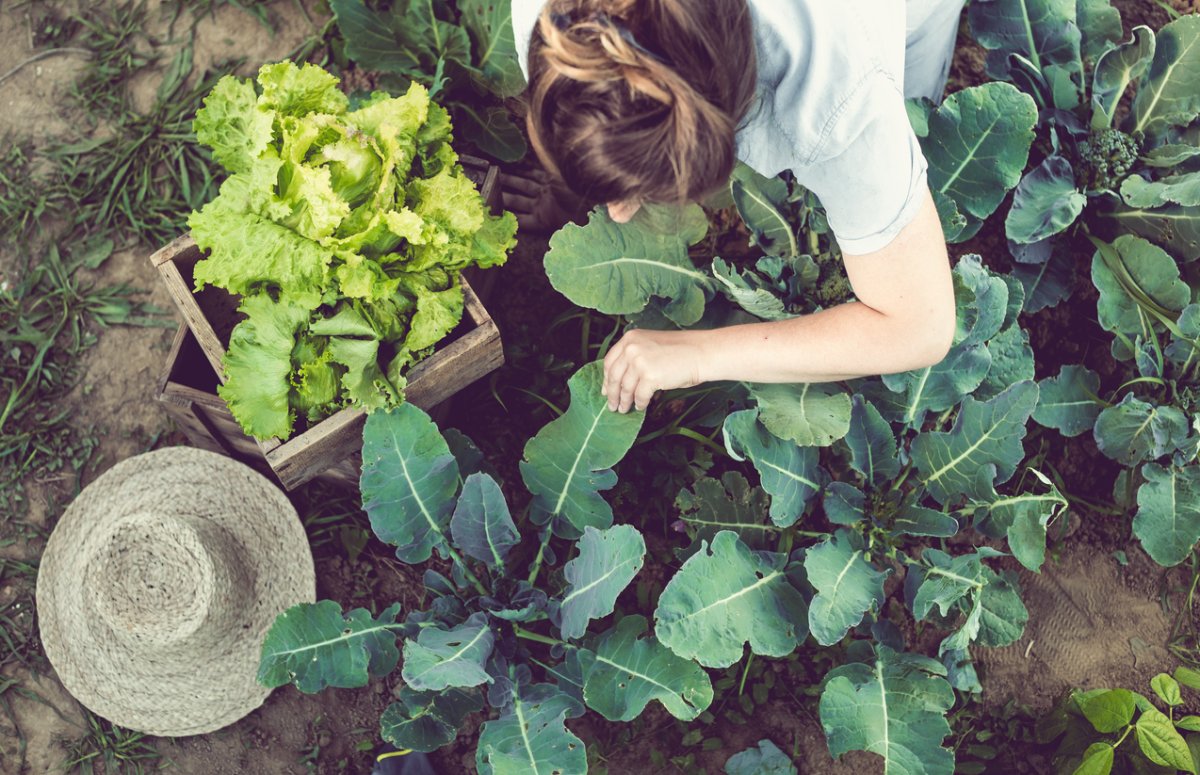We may earn revenue from the products available on this page and participate in affiliate programs. Learn More ›
What Is a Superfood?
The term “superfood” refers to nutrient-dense, natural foods that studies have found to promote better health. Each one of these dietary good guys has unique properties, but all boast a powerful punch of antioxidants, vitamins, and minerals, and may also contain ample fiber, flavonoids, and healthy fats, all to support the cardiovascular system, lower cholesterol, reduce inflammation, help prevent cancer, and more. The better news? While you may not be able to raise salmon (the superfood of fish) in your backyard pond, it’s quite possible to grow a crop of these incredible edibles in your backyard garden or containers. Check out these fantastic 15!
RELATED: Why Planting a Victory Garden This Year Is More Important Than Ever
Put in Peanuts

Legumes in general are nutritional good guys, but peanuts (Arachis hypogaea) are especially favored for phytosterols to combat cholesterol and the beneficial amino acid arginine. A single peanut plant can easily produce a harvest of 30 to 40 nuts according to the National Peanut Board, To grow, simply break open a raw (not roasted) peanut shell to expose the seeds (nuts), and plant in loose, rich, well-draining soil that receives at least 8 hours of direct sunlight daily. Mound soil after plants flower so peanut “pegs” can develop. Keep soil moist until two weeks before harvest.
RELATED: Edible Flowers: 15 Beautiful Blooms That Are Also Delicious
Bet on Beets
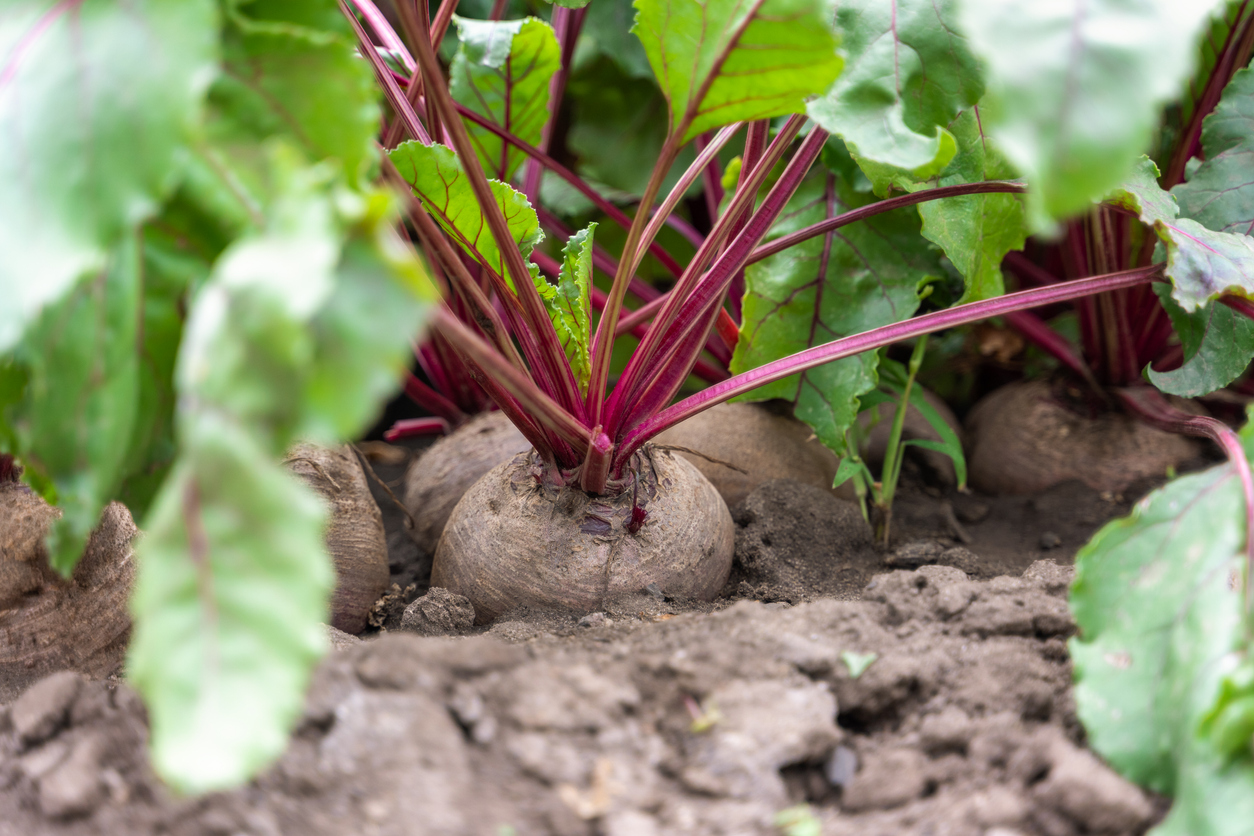
Beyond beautiful, the natural jewel-toned pigment in beets (Beta vulgaris) is high in antioxidants and boasts anti-inflammatory properties. These root veggies are a cool-season crop that like moist yet well draining, loamy soil and full to partial sun (direct light 6 hours a day is ideal). Plant seeds an inch or so apart, just about ½ inch deep. Thin out seedlings when they reach 3 to 4 inches tall.
Add Amazing Avocado
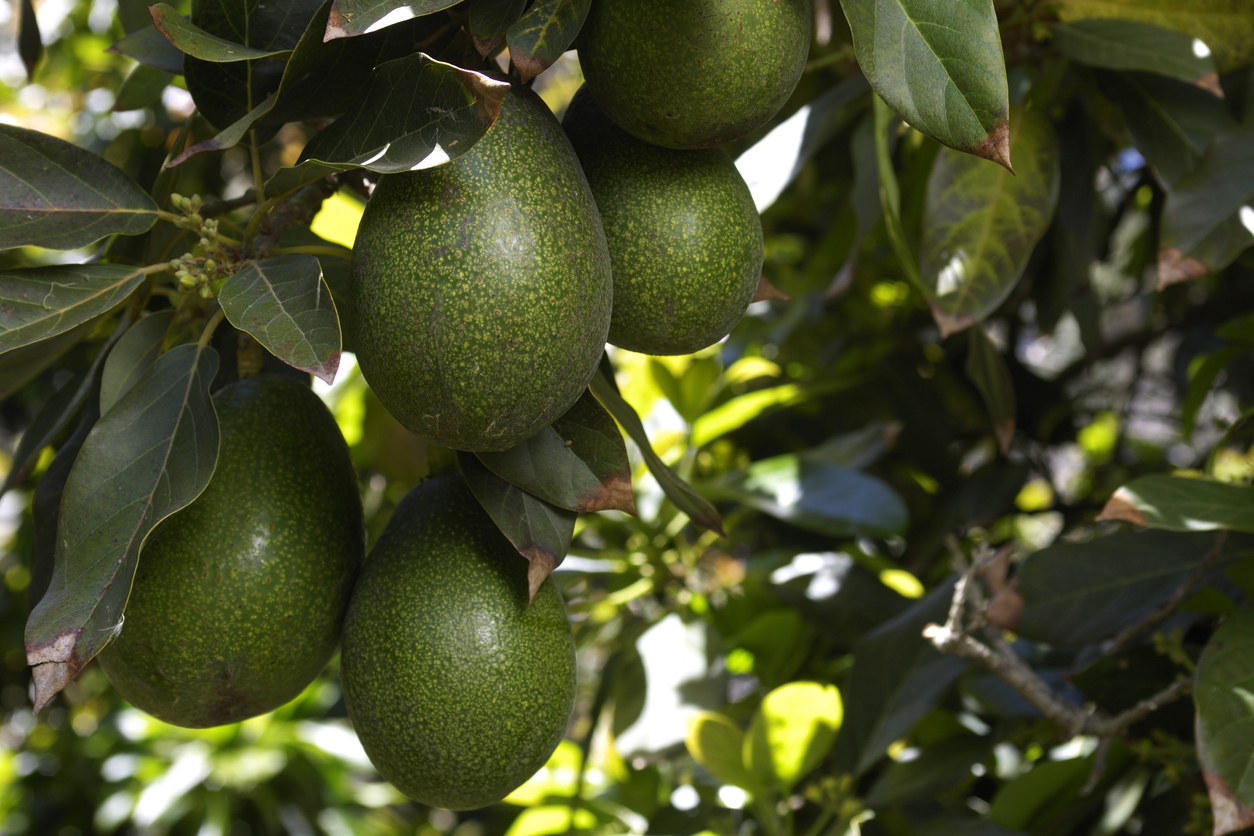
It’s hard to imagine anything as rich and creamy as avocado (Persea americana) being good for you, but these fabulous fruits have loads of heart-healthy monounsaturated fats plus plenty of potassium. This tropical tree does best in warm, humid, sunny environments and loose, loamy soil with low pH. Start by suspending a seed in water and transplant once roots appear. Water frequently but not too much, pinching off leaves for every 6 inches of growth, and be patient: Some avocado trees take a few years to produce fruit.
Love Those Lentils
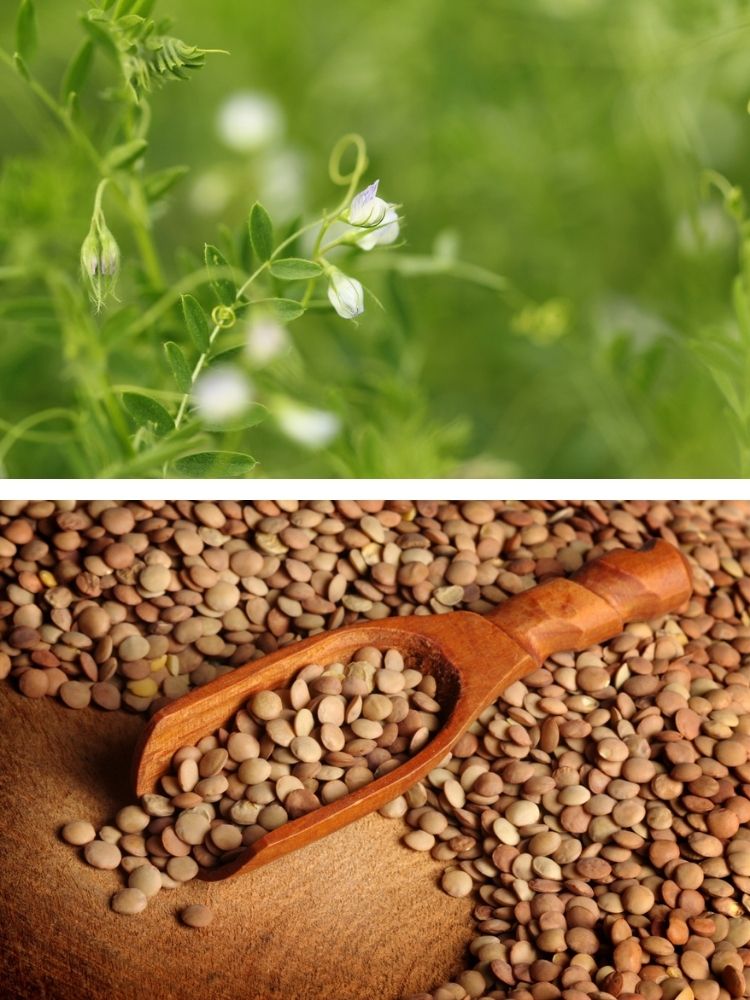
Packed with protein and iron, as well as the essential amino acids isoleucine and lysine, lentils (Lens culinaris, Lens esculenta) are legumes often used in Mediterranean cuisine. Plant seeds about 1 inch deep, spaced about an inch apart in well-drained soil that gets a south or east exposure. Once seedlings sprout, thin them and replant 4 to 5 inches apart. Harvest when pods are mature and hard for dry lentils, which are most often used in recipes like soups.
Savor Those Strawberries
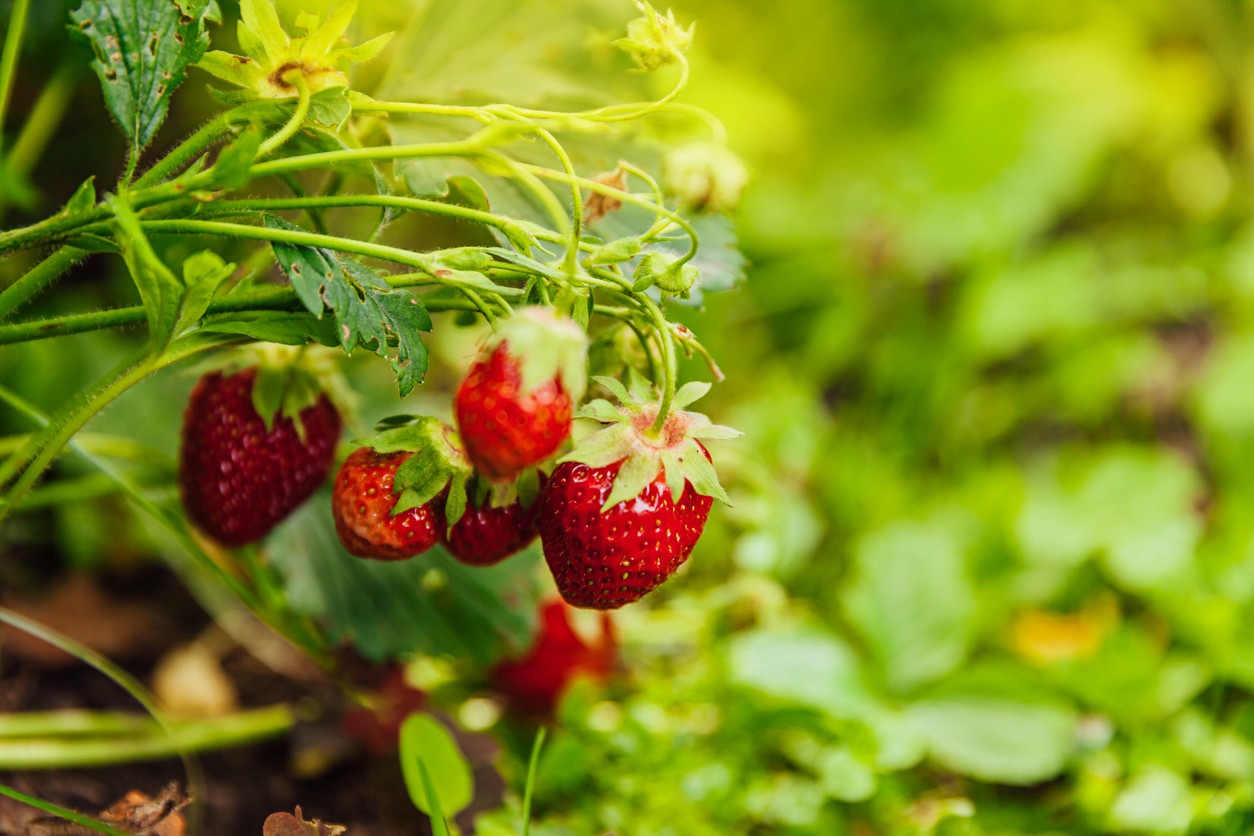
Studies show that strawberries (Fragaria ananassa), which are rich in folic acid, vitamin C, fiber, anthocyanins, and quercetin, can support cardiovascular and metabolic health. While all berries rank high as superfoods, strawberries are among the easiest to grow, and some varieties will keep on fruiting from June through September. Purchase plants from your favorite nursery, choose a sunny spot, and dig down about 8 to 10 inches into moist, well-draining soil that you’ve enriched with compost. You’ll likely get a crop in year one, but remove all flowers in the first year helps plants develop strong roots and yield more substantial harvests in seasons to come.
RELATED: 11 Types of Edible Berry Bushes You Should Plant This Spring
Count on Collards
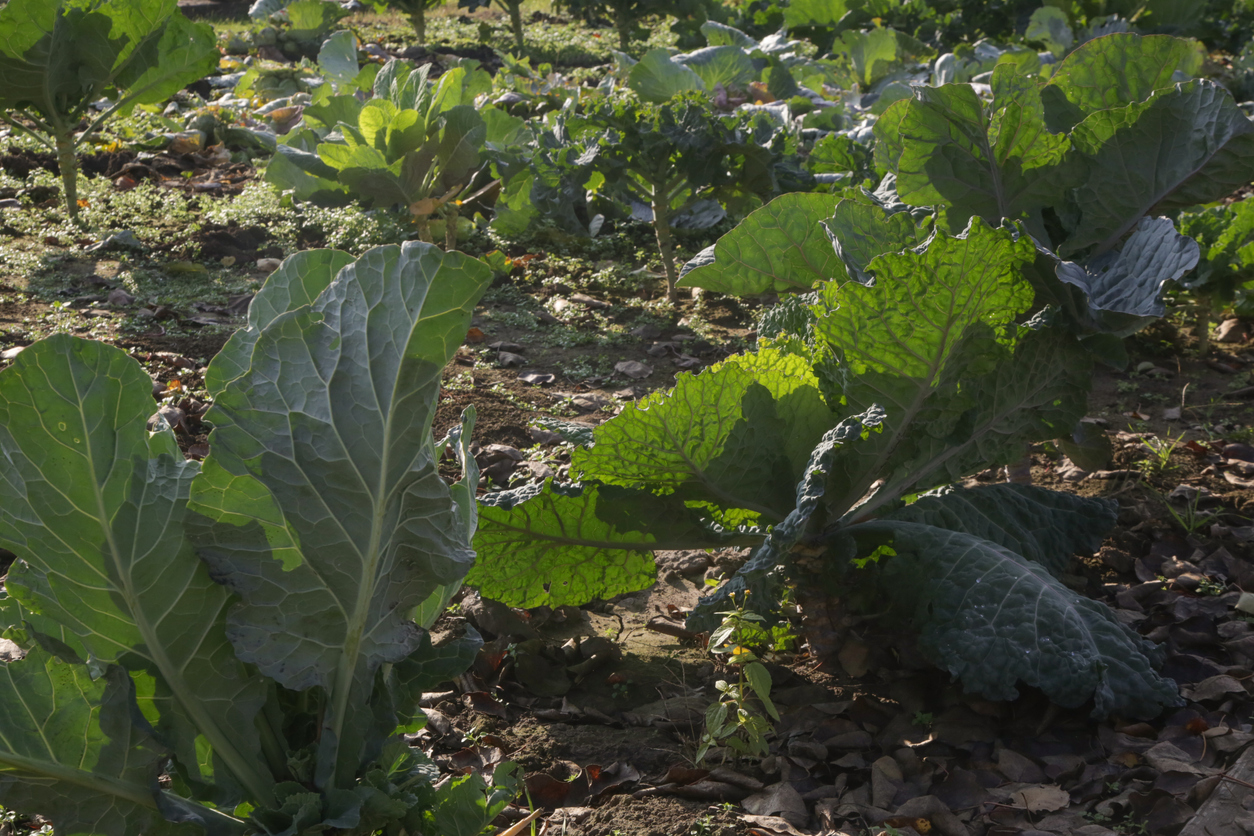
All leafy greens are fierce superfoods, but since spinach is a staple and kale is trendy, you may want to give collard greens (Brassica oleracea) a go. They’re loaded with fiber, calcium, and vitamins C, A, and K. A cool-season veggie, collards should be planted in late summer to early autumn, and some gardeners say a bit of frost actually improves flavor! Plant seeds in full sun and moist, fertile soil and give them plenty of room. Collards grow big! Harvest after 60 to 75 days or simply pick individual leaves as soon as they’re large enough for salads, slaws, and cooked dishes.
Plant Sweet Potatoes

If you’re ready to pile on the potassium, fiber, carotenoids, and vitamins A and C, plant a patch of sweet potatoes (Ipomoea batatas). These tasty tropical tubers demand patience, since they have a long growing season of 4 months, but if you’ve got fairly warm temps, well-draining, medium-moisture soil, and a sunny spot, you’ll be rewarded come fall. Soil should be fully warmed up prior to planting, about 1 to 1½ inches apart with at least 3 feet between rows so vines can spread. Give sweet potatoes an inch of water once a week, then avoid watering 3 to 4 weeks before harvest to keep the spuds from splitting.
Grow Great Garlic
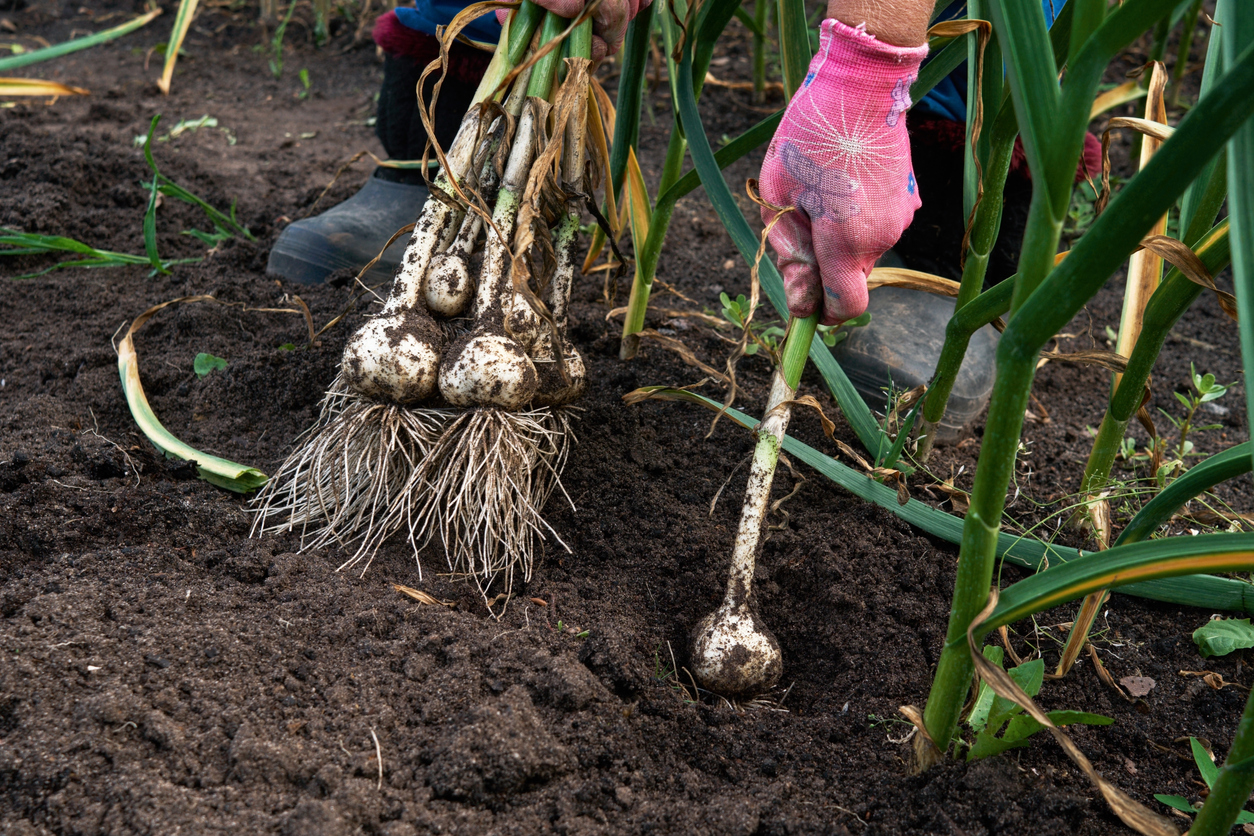
These bold bulbs do more than bring zing to savory dishes—they’re an awesome source of manganese, vitamin C, vitamin B6, selenium, and fiber. Don’t try to grow garlic (Allium sativum) from bulbs purchased at the grocery store, which may have been treated with a sprout inhibitor. Instead, buy garlic bulbs from a nursery, separate into cloves, plant them in the fall about 3 to 4 inches deep with the points facing up, and then cover them with straw. You’ll see green shoots the following spring, but wait till midsummer to harvest. If you pick too soon, your bulbs won’t be as plump and potent as they should be.
RELATED: The 16 Easiest-to-Grow Vegetables for Novice Gardeners
Get Spicy with Cinnamon

The inner bark of various cinnamon (Cinnamomum verum) species is the source of the popular red-brown spice. Cinnamon—which earns superfood status for antioxidants, calcium, iron, and manganese—has been shown to keep blood sugar levels in check, reduce inflammation, and lower cholesterol. Plant it either in spring or early fall, giving it full sun and rich, well-draining soil and watering well. After several years, you can begin to harvest: Cut off branches with a tree saw, remove the outermost bark, scrape off cinnamon in layers, then let it dry naturally.
Mmm-hmm, Mushrooms!
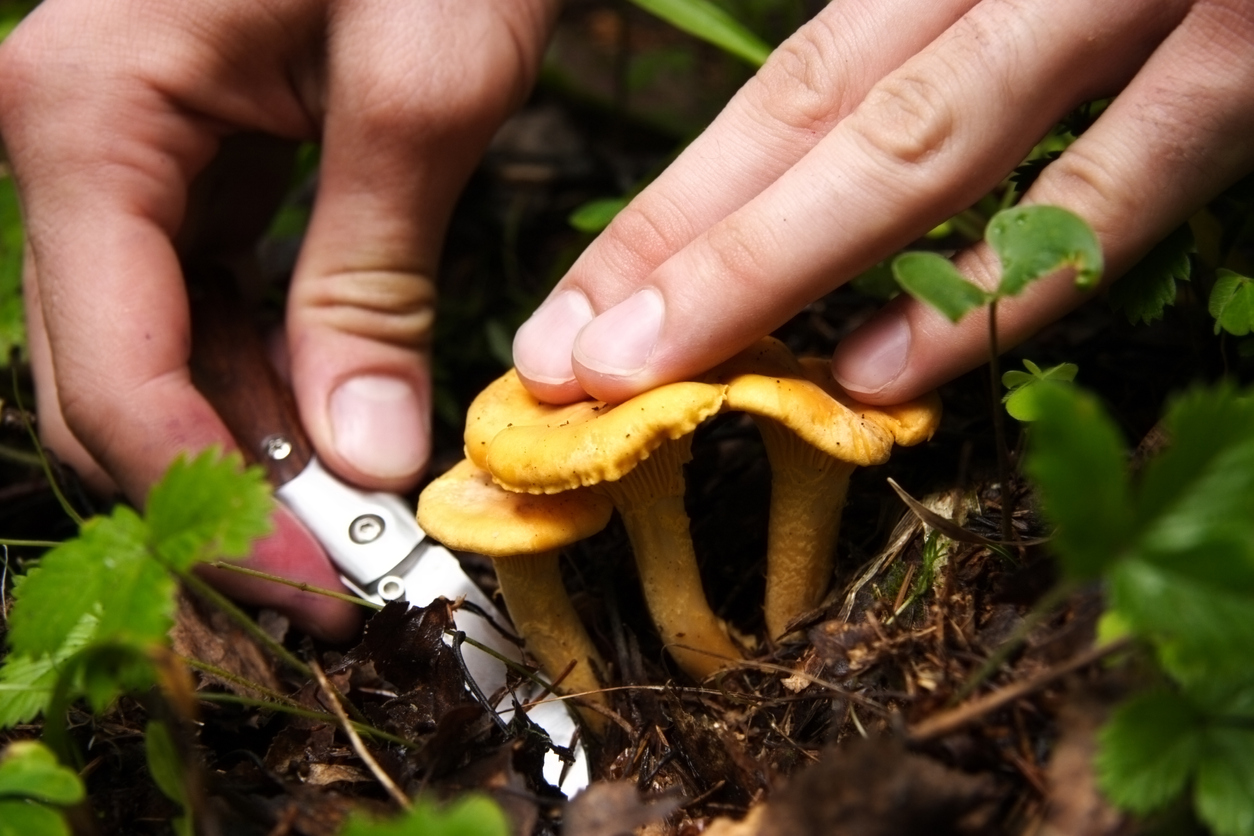
If you’re ready for a somewhat challenging project that will pay you back in vitamin A, potassium, fiber, and various antioxidants not commonly found in most other foods, grow your own mushrooms. Different from plants, these fungi need a spawn instead of seeds and a properly treated substrate rather than soil. While some species are persnickety, the North American Mycological Association suggests that beginners start with relatively easy oyster mushrooms (Pleurotus ostreatus, Pleurotus sajor-caju).
Power Up with Pumpkin

Jack-o-lanterns are fun, but the pumpkin (Curbita spp.) provides a serious punch of fiber, potassium, and vitamin A. Give these gourds full sun, rich, moist, loamy soil, and up to 120 days to harvest. That long growing season means gardeners should seed in spring as soon as soil is sufficiently warm. Plant in raised rows, about five seeds per inch-deep hole, then thin when plants reach 3 inches. Tip: Despite how big pumpkins can grow their vines are delicate—take care!
Try Turmeric

If you’re unfamiliar with this yellow-orange spice popular in Indian cuisine, you may want to welcome it into your diet. Turmeric (Curcuma longa), which contains the active compound curcumin, may improve skin conditions, diabetes, and rheumatoid arthritis, and even beat depression. Get started with a fresh rhizome (check health food stores or Asian groceries) and plant in a pot with well-draining, compost-rich soil, about an inch deep. Transplant when turmeric reaches about 6 inches tall. While it does best in partial shade, it thrives in warm conditions, with enough water to stay moist but not soggy. Patience, please! Turmeric won’t be ready to harvest for up to 10 months.
RELATED: 13 Unusual Ways to Use What’s in Your Spice Rack
Stay Strong with Spinach
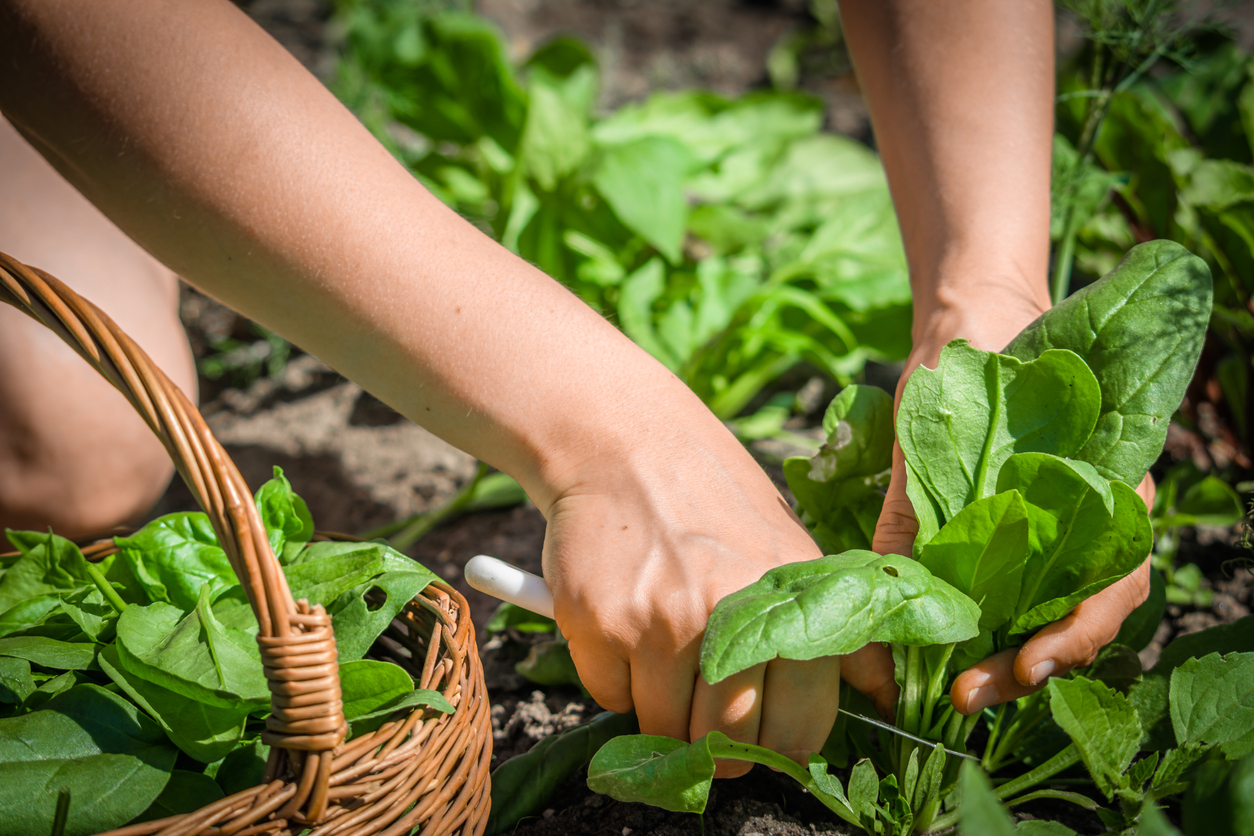
Popeye wasn’t kidding! Spinach (Spinacia oleracea) is a cool-weather winner that’s a super source of vitamins C and K, potassium, iron, and fiber to stave off cancer, enhance blood function, and improve eye health. You won’t wait long to reap these benefits, since spinach is ready to harvest within 6 weeks. It thrives under ample to partial sun and in well-draining soil. Put in seeds about a half-inch deep in rows a foot or more apart, and give them an inch or so of water a week. A nitrogen-rich fertilizer, added at planting and throughout the short season, will encourage foliage growth.
Enjoy Ginger
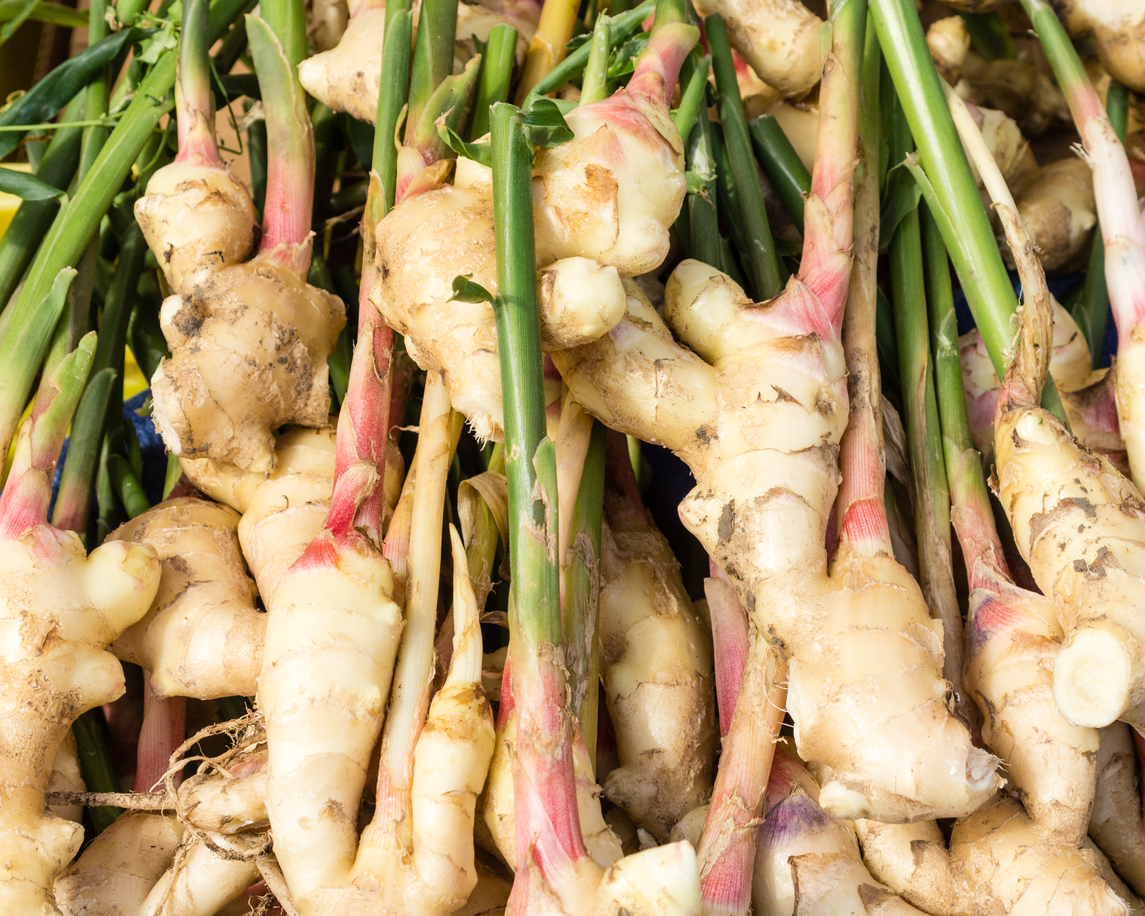
Full of such antioxidant and anti-inflammatory compounds as pantothenic acid, beta-carotene, capsaicin, and salicylate, ginger (Zingiber officinale) is known to promote bone health, strengthen the immune system, improve respiratory conditions, and reduce pain and nausea. To grow, purchase fresh ginger that has small points (called eyes) along the root, then cut into 1-inch chunks, with at least one eye per piece. Plant in a fairly deep pot, using well-draining, compost-boosted soil. Keep it warm, and be patient: Letting ginger linger for 9 months or longer brings zestier flavor. Don’t despair if it takes a year or more to harvest.
Benefit from Black Beans
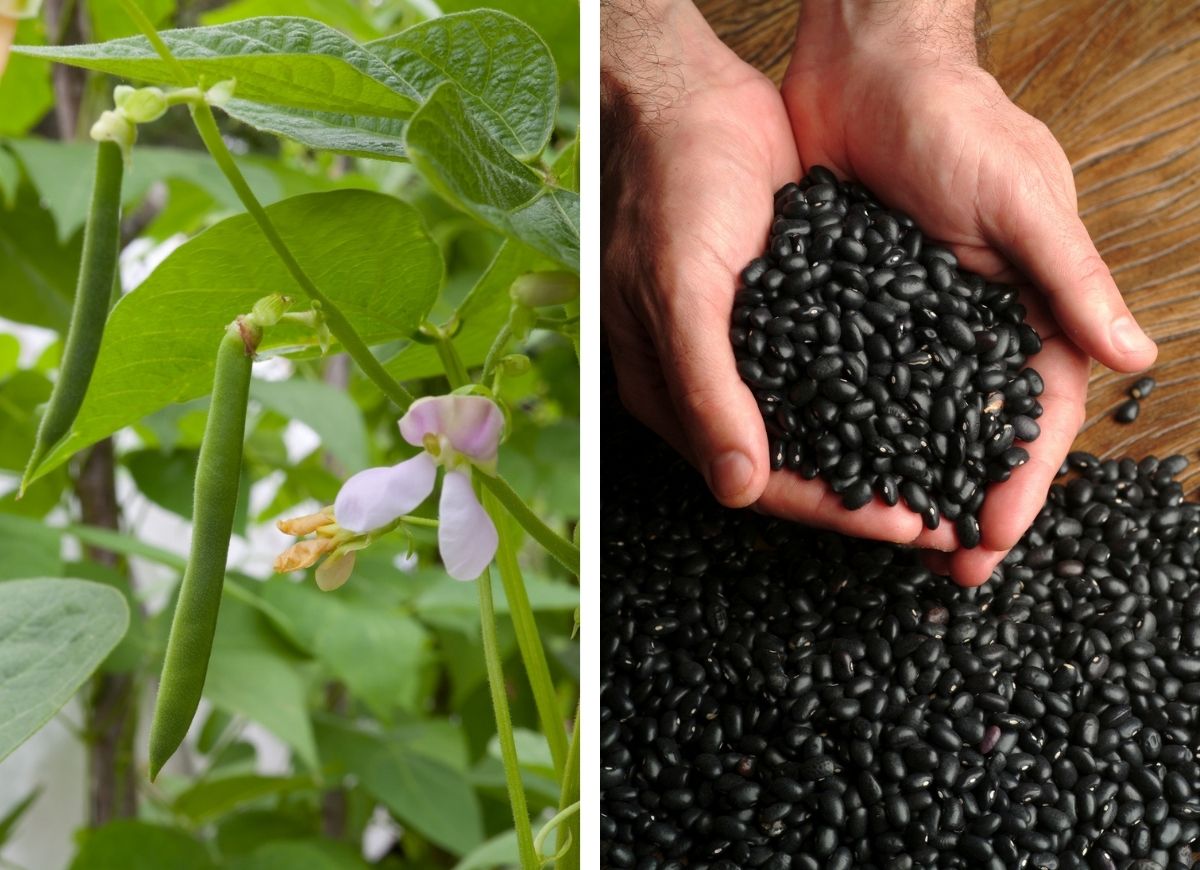
Though small, black beans (Phaseolus vulgaris) are a huge source of protein, fiber, magnesium, and phytonutrients for strong bones, diabetes control, and cancer prevention, among other benefits. They thrive in full sun (at least 6 hours a day), so them plant in late spring to allow a good 3 months of warm weather. Soak beans in water for a few hours to encourage germination, and then plant individually, about an inch deep and 4 to 6 inches apart, and keep soil moist but not soggy. Stake plants with a pole (or trellis them, if necessary). Black beans are ready to harvest when pods harden and turn yellow.

